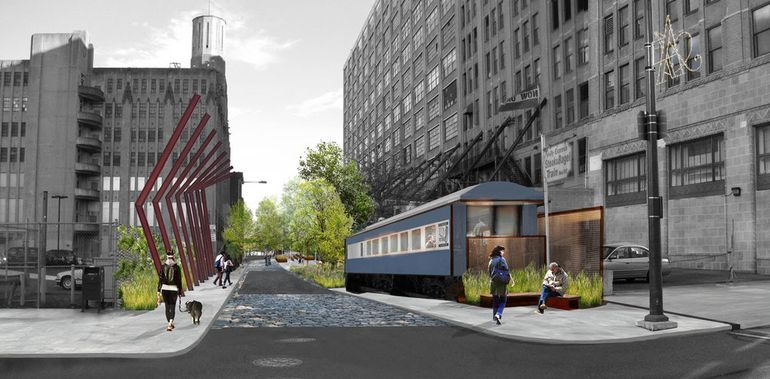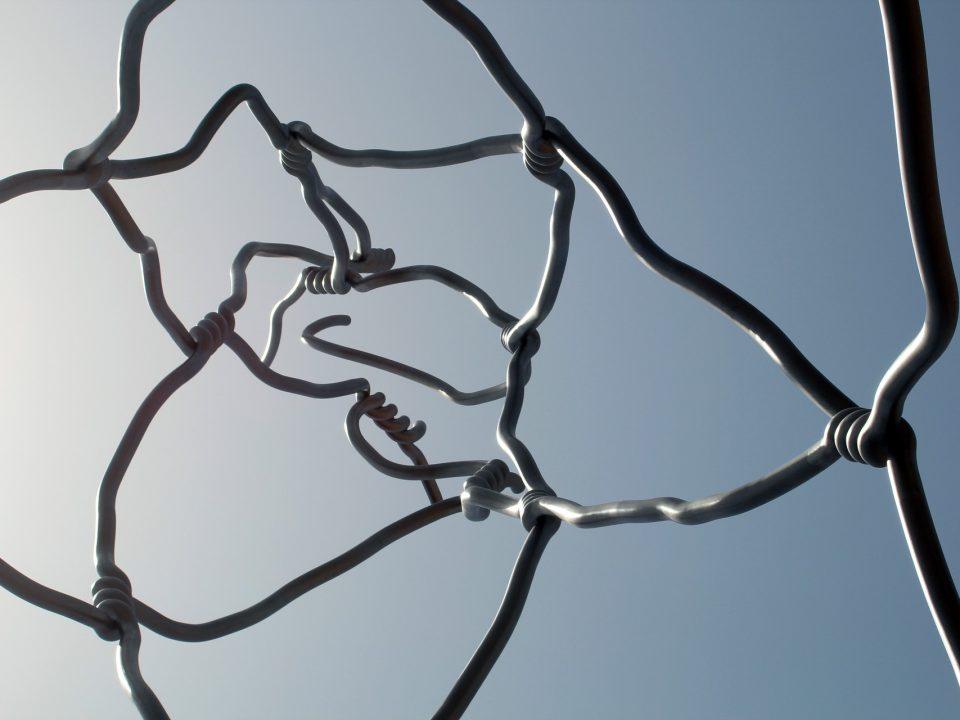Overhead Railways to Become Parkland

Philadelphia is a great city, no doubt about it. One area in which the city lacks, however, is green public space. Philly is definitely something of a concrete jungle, with precious little parkland. That will soon be changing, however. It’s been announced that the city will turn its unused overhead railways into lush, green park space, similar to New York City’s High Line or Chicago’s 606 Park Trail.

As envisioned by Studio Bryan Hanes, the Philadelphia Rail Park will unite Philadelphia across several neighborhoods.
The three miles of park space that will result are badly needed. Experts have described the city as “seriously under-parked” (Richard Roark, partner at OLIN Landscape Architecture and Urban Design), as well having as what Studio Bryan Hanes called “a severe lack of open, public, green space.” In some ways, the park space will mean even more to the city of Philadelphia than similar projects did in New York and Chicago.
What is being called Philadelphia Rail Park will span 50 city blocks. It will connect several Philly neighborhoods, which will help tie the city together. It will cross the Avenue of the Arts as well as run by several city cultural institutions, including Philadelphia Museum of Art, the Rodin Museum, the Barnes Foundation and the Community College of Philadelphia.
The park will consist of the Reading Viaduct and City Branch of the former Philadelphia and Reading Railroad. It will start off with a quarter-mile extent up to the Reading Viaduct. The plans for the park call for much of the existing material to be used for guardrails, platforms, and benches. The parkland will be heavily planted with native vegetation, including “woody shrubs and trees.”
The first phase will break ground in 2016.



